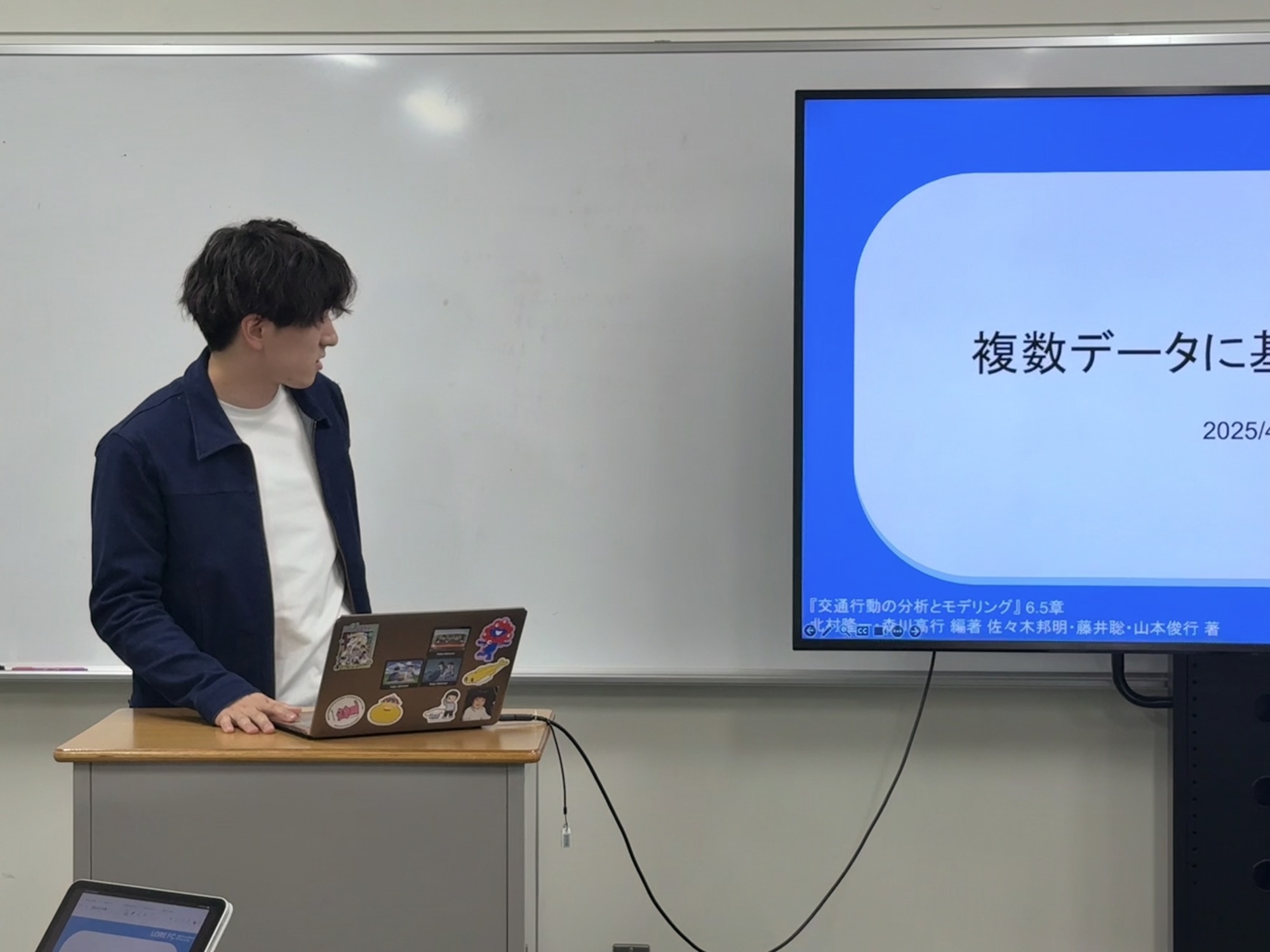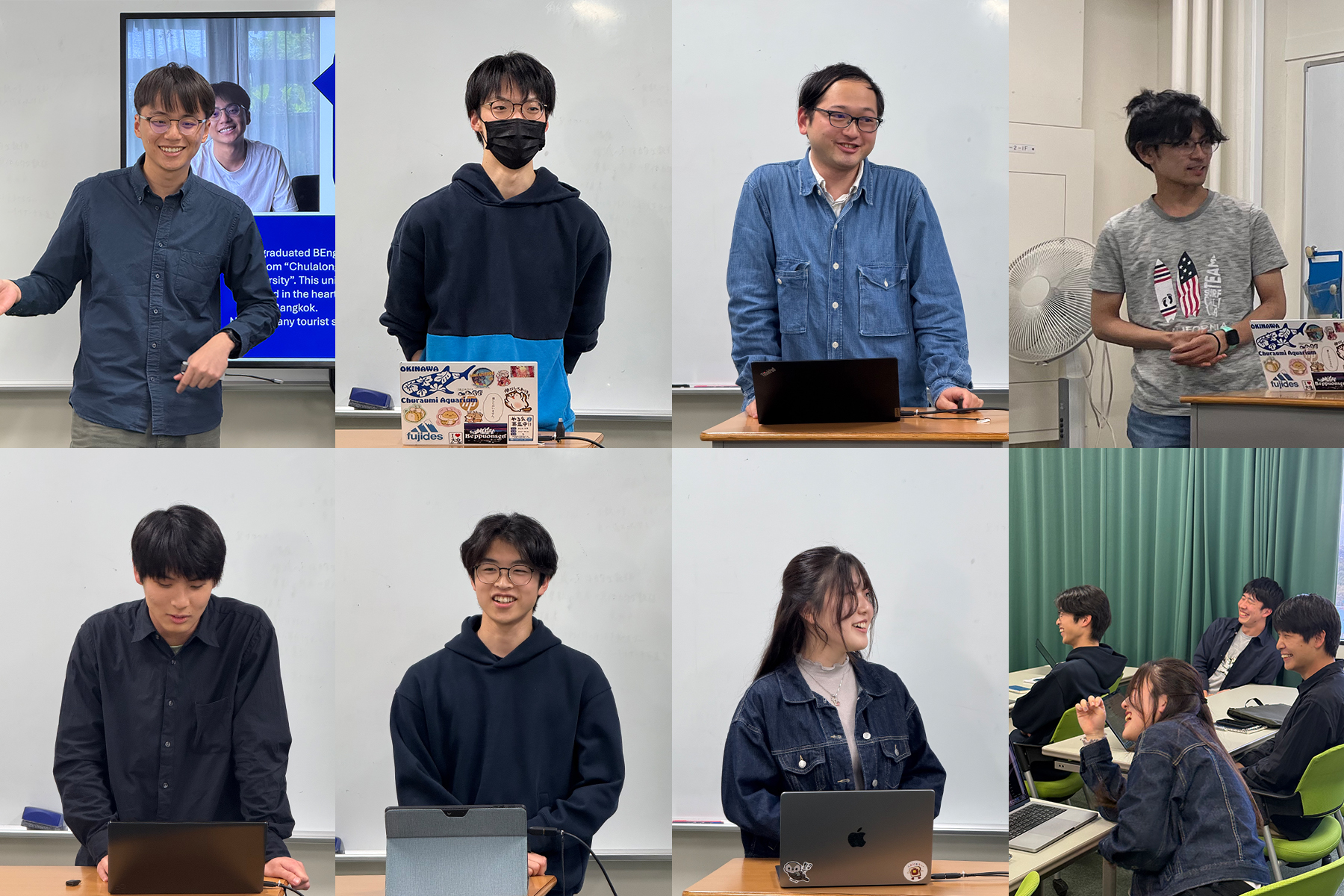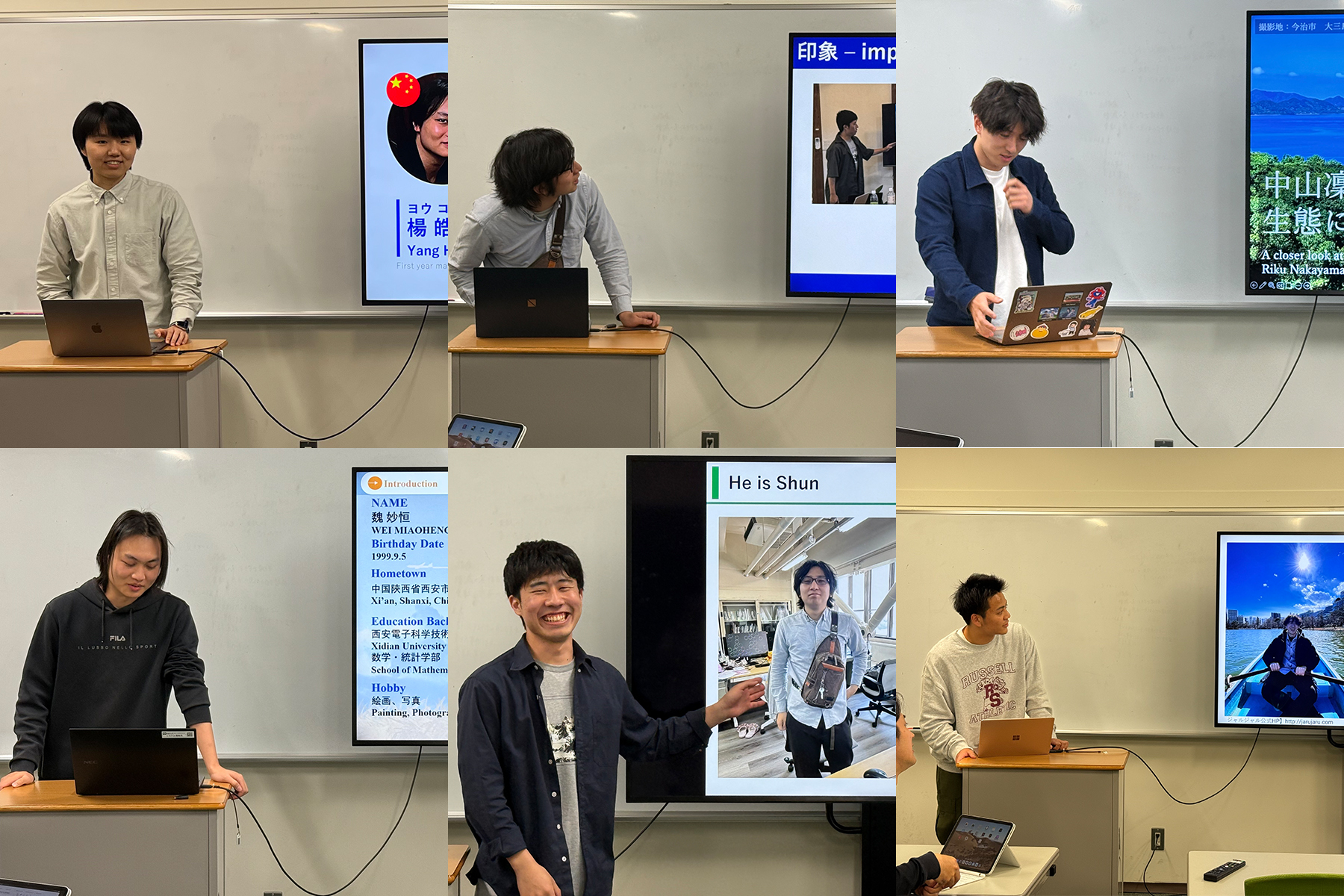

News
2025.04.16
今回のゼミを担当したのは、M1中澤さんとM2田村さんでした。
前回の理論ゼミに続いて「交通行動の分析とモデリング(北村隆一・森川高行編著/佐々木邦明・藤井聡・山本俊行著)」の第6.5章を、中澤さんに発表してもらいました。また、「Optimal replacement of GMC bus engines: An empirical model of Harold Zurcher(Rust, 1987)」および「動的離散選択モデルの構造推定ーシングルエージェントの意思決定問題ー(楠田,2018)」の論文を参考にし、動的離散選択モデルの定式化と構造推定を、田村さんに発表してもらいました。
下記は、担当者からもらった発表内容のまとめです。
中澤:離散選択モデルによるモデル推定を行う際、複数のデータを用いることができます。その際、データはその種類によって利害得失が異なるため、データのもつ特性を理解して扱う必要があります。複数データをモデルに活用する方法として2種類あります。一つがモデルの移転においてパラメータの更新を行う方法、もう一つがRP/SPモデルのような補完する複数のデータでモデルを作成する方法です。
田村:Rust(1987)におけるバスエンジン交換モデルをもとに、将来効用を考慮しながら意思決定を行う動的離散選択モデルを取り扱いました。ベルマン方程式を用いた定式化や、計算負荷を減らしつつ、構造パラメータと動的計画問題の解の両方を求めるネステッド固定点アルゴリズムについて説明しました。動的離散選択モデルは、一時的な利得だけでなく将来の不確実な要素を考慮できる点で有用であり、研究室メンバーの研究テーマへの応用についても議論しました。
In today’s seminar, following up on the previous session, Nakazawa (M1) presented methods for model estimation based on multiple datasets. After that, Tamura (M2) introduced the formulation and structural estimation of dynamic discrete choice models.
Below are the summaries of the presentations provided by the two speakers.
Nakazawa: When estimating models using discrete choice models, it is possible to utilize multiple datasets. In doing so, it is important to understand and appropriately handle the characteristics of each dataset, as the benefits and drawbacks may vary depending on the data type. There are two main approaches to incorporating multiple datasets into a model. One approach involves updating parameters through model transfer, and the other involves constructing a model using complementary datasets, such as in RP/SP models.
Tamura: Based on the bus engine replacement model from Rust (1987), we discussed dynamic discrete choice models that incorporate decision-making while considering future utility. The presentation covered the formulation using the Bellman equation, as well as the nested fixed-point algorithm, which enables simultaneous estimation of structural parameters and solutions to the dynamic programming problem while reducing computational burden. Dynamic discrete choice models are particularly useful as they account not only for immediate gains but also for uncertain future outcomes. We also discussed potential applications of this framework to the research topics of our lab members.


ゼミに入る前に、学生全員が自己紹介をしました。その中、一部の学生が他己紹介の形でお互いに紹介してくれました。笑い声と楽しい会話に包まれながら、お互いの理解がさらに深まりました。これからも仲良く研究していきましょう!
Before the seminar began, we had a special session for all students to introduce themselves, while some students introduced each other in the form of mutual introductions. Amidst laughter and cheerful conversations, we deepened our understanding of each other. Let’s continue to enjoy our research journey as a team!


written by Miaoheng Wei (M2)
Other news
↑